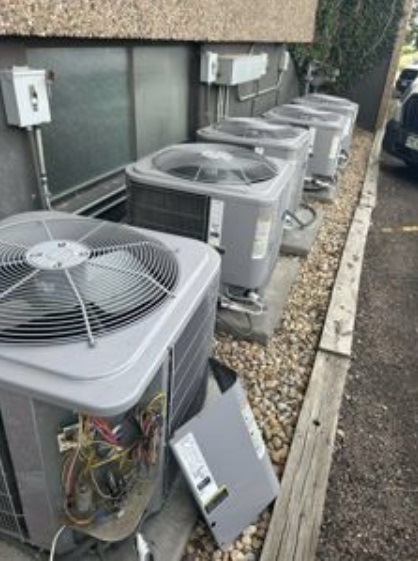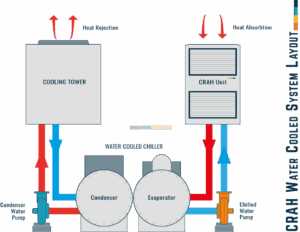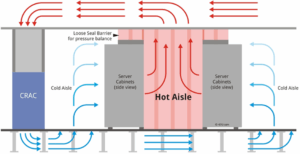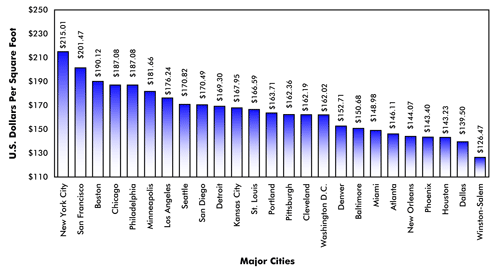Understanding Refrigerants in Commercial Heat Pump Systems
Refrigerants are critical to the operation of heat pump systems in commercial buildings. These fluids absorb and release heat to provide heating and cooling. Over time, refrigerants have evolved to meet environmental and safety standards. Understanding this evolution is essential for building owners, engineers, and facility managers.

A Brief History of Refrigerants
The earliest commercial refrigerants included toxic or flammable substances like ammonia, propane, and sulfur dioxide. These fluids worked well thermodynamically but posed health and fire risks.
In the 1930s, chlorofluorocarbons (CFCs) like R-12 were developed as safer alternatives. Later, hydrochlorofluorocarbons (HCFCs) such as R-22 gained popularity due to their improved performance. However, both types were found to damage the ozone layer.
The 1990s saw the introduction of hydrofluorocarbons (HFCs) like R-410A, which eliminated ozone depletion potential. Yet, HFCs still have a high global warming potential (GWP), prompting further regulation and innovation.
Modern Refrigerant Technology
Current refrigerants must balance performance, safety, and environmental impact. The industry is now shifting to low-GWP refrigerants such as:
-
R-32 – Used in split systems; offers high efficiency and lower GWP than R-410A.
-
R-454B – A replacement for R-410A with better environmental properties.
-
CO₂ (R-744) and ammonia (R-717) – Natural refrigerants with near-zero GWP, used in specialized commercial systems.
Manufacturers now design heat pumps specifically for these newer refrigerants. These systems must follow updated codes and standards.
Code Requirements for Refrigerants
The International Mechanical Code (IMC) and ASHRAE Standard 15 govern refrigerant use in commercial buildings.
The EPA’s SNAP (Significant New Alternatives Policy) Program also regulates acceptable refrigerants. As of 2024, high-GWP refrigerants like R-410A are being phased down under the American Innovation and Manufacturing (AIM) Act.
Can You Use Older Refrigerants?
In most cases, existing systems using phased-out refrigerants may continue to operate, but servicing them becomes more expensive. For example:
-
R-22 is banned from production but may be reused or recovered.
-
R-410A is not banned — It is being phased down, not phased out.
-
It remains legal to manufacture, sell, purchase, and use R-410A equipment and refrigerant in the U.S. as of 2025.
-
The American Innovation and Manufacturing (AIM) Act mandates a gradual reduction in the production and consumption of HFCs, including R-410A, through 2036.
-
Existing systems using R-410A may be serviced and maintained without restriction.
-
No retrofit is required just because of the phase-down, but converting to another refrigerant may be impractical.
-
New R-410A outdoor heat pump units are still being manufactured and sold, though many manufacturers are transitioning.
It is legal to operate older systems, but upgrades are recommended for efficiency and compliance.
What Happens When You Change Refrigerants?
Changing refrigerants typically requires more than just swapping fluids. It may involve:
-
Replacing compressors and expansion valves
-
Updating piping and pressure ratings
-
Ensuring compatibility of oils and seals
-
Reprogramming or replacing controls
These changes can be costly and technically complex. Often, replacing the entire system with a new, compliant unit is more economical.
EVstudio Can Help
The mechanical engineering team at EVstudio provides expert guidance on HVAC evaluations and system upgrades. We help identify refrigerant issues, recommend compliant solutions, and design systems that meet code and efficiency goals. If you’re unsure about your system’s refrigerant or performance, contact EVstudio for a comprehensive HVAC assessment.
Additional Resources










